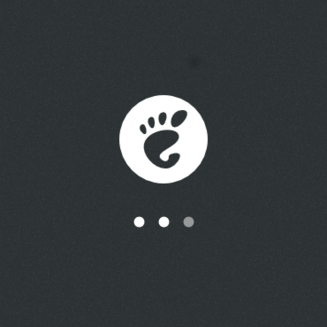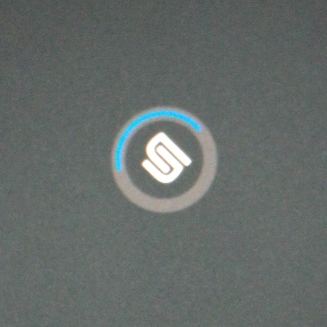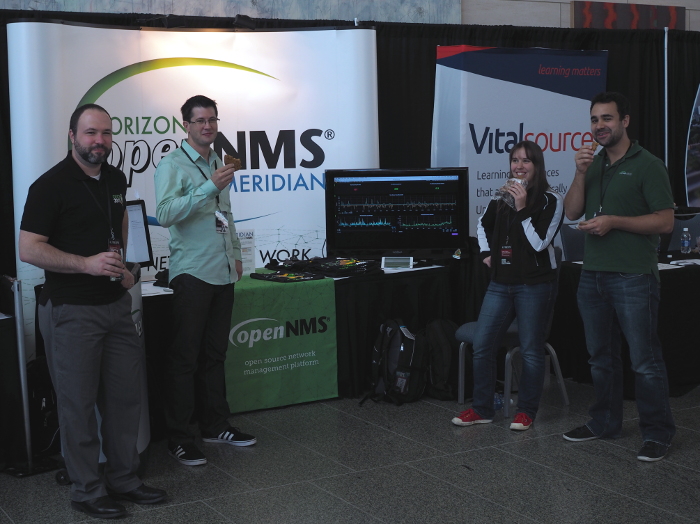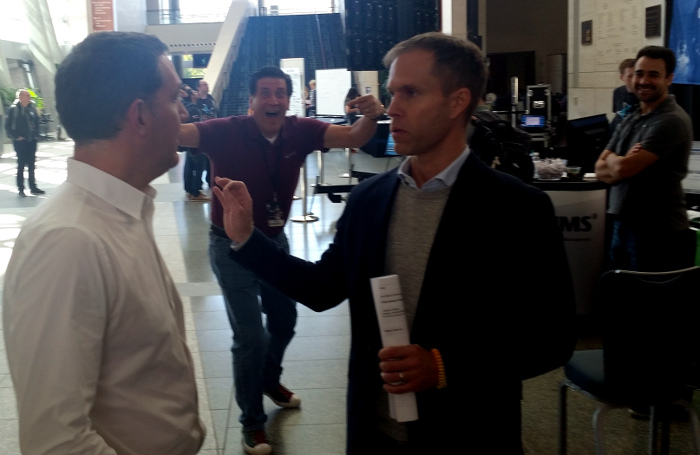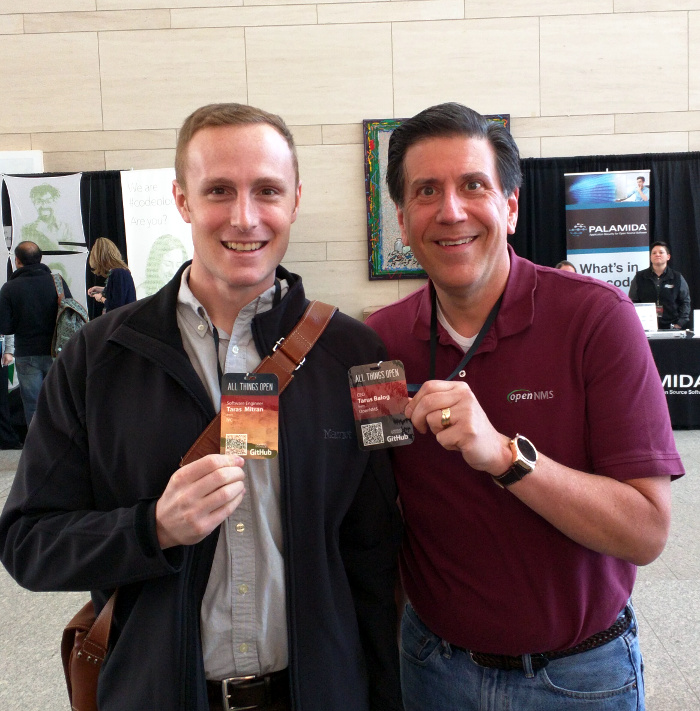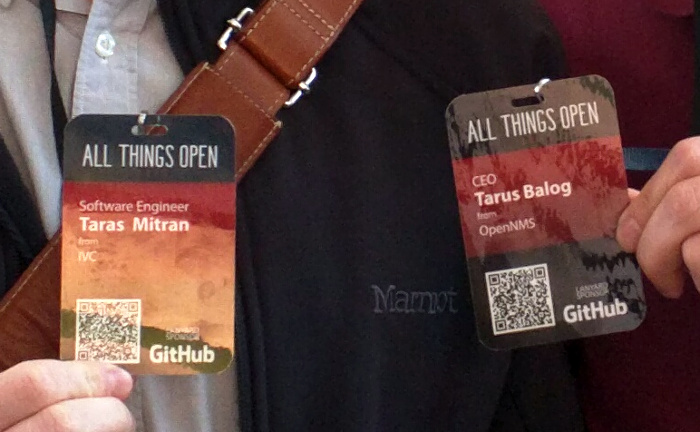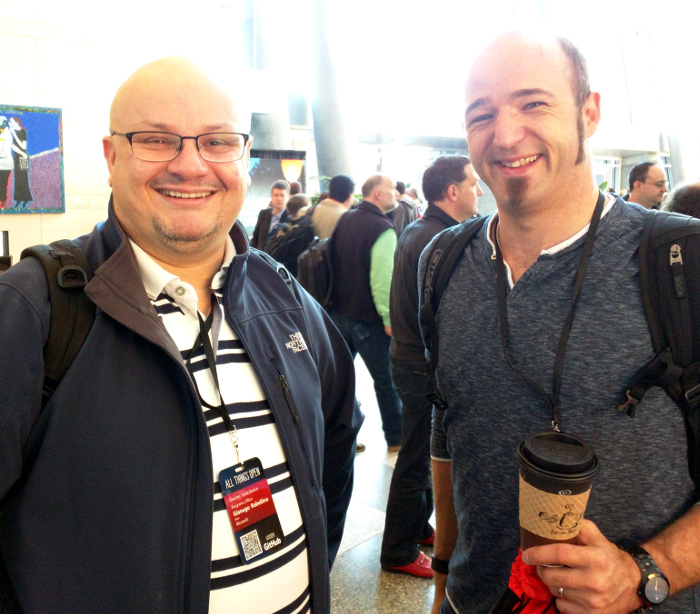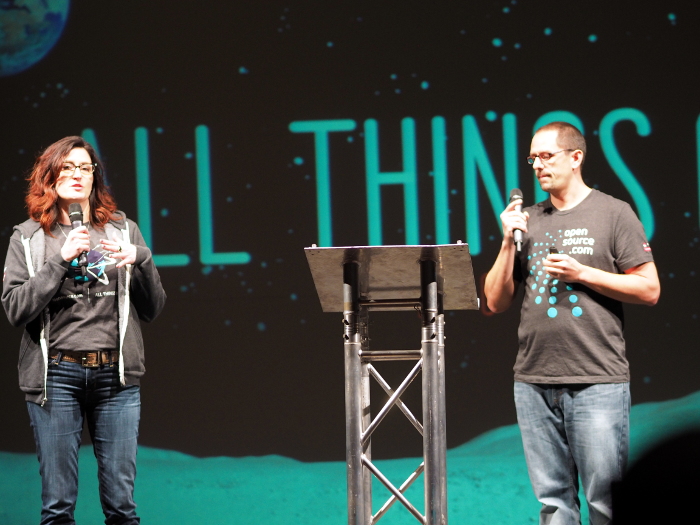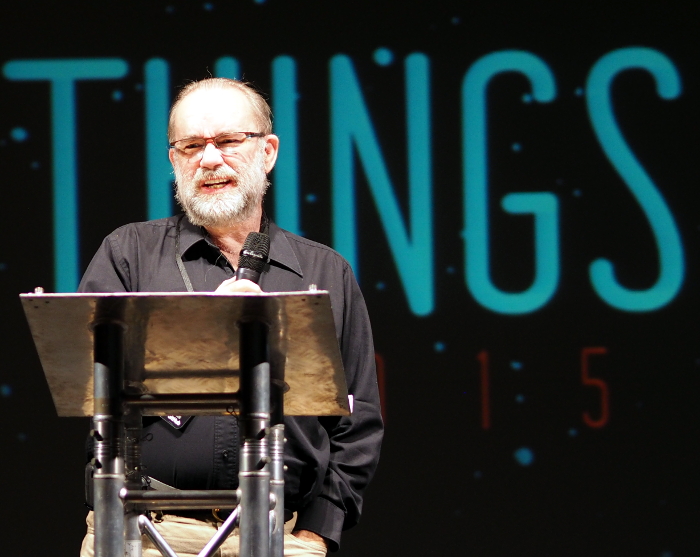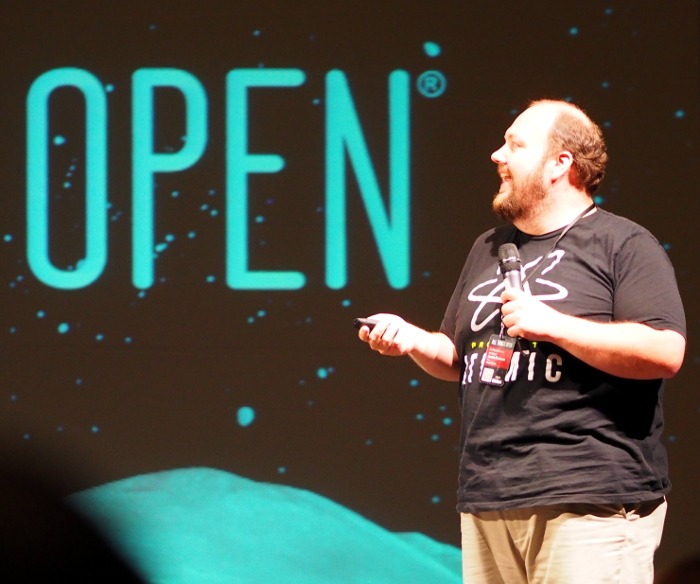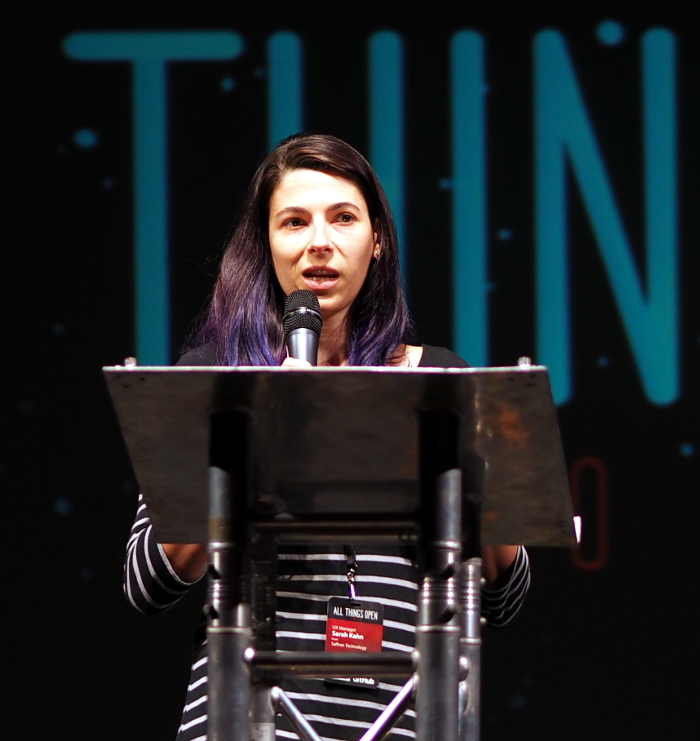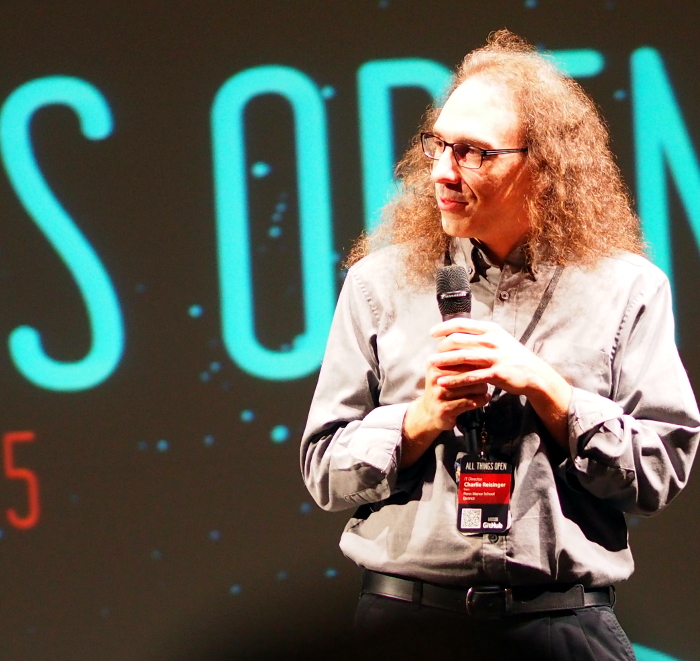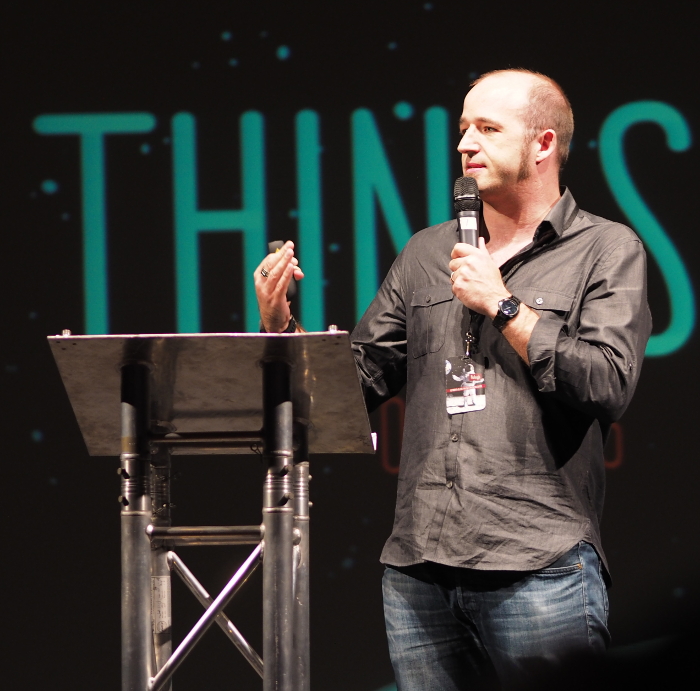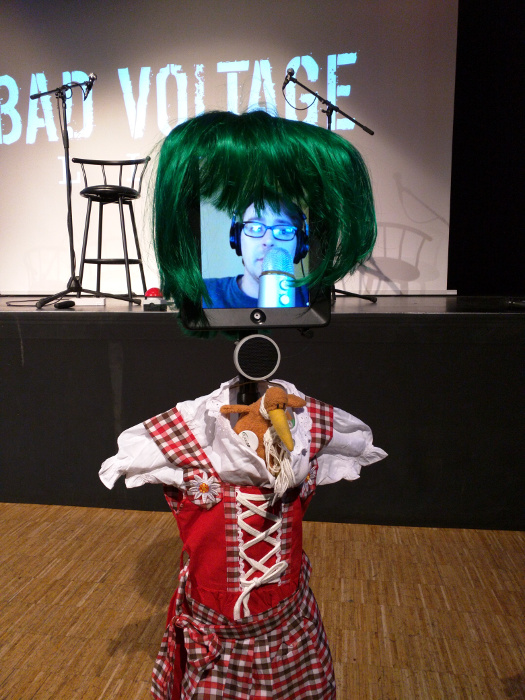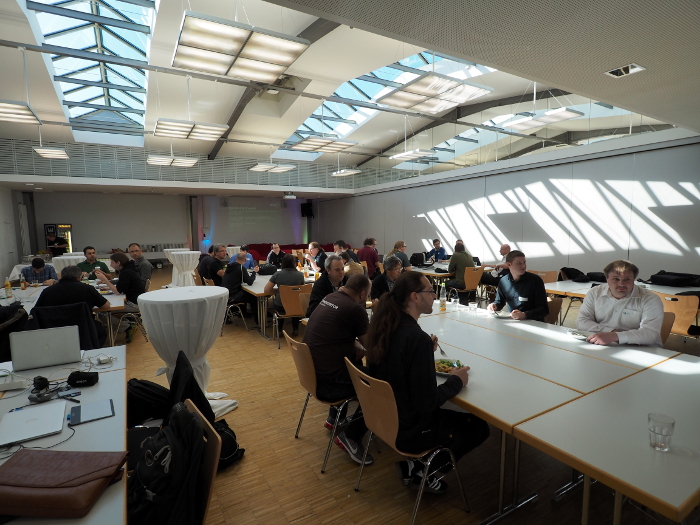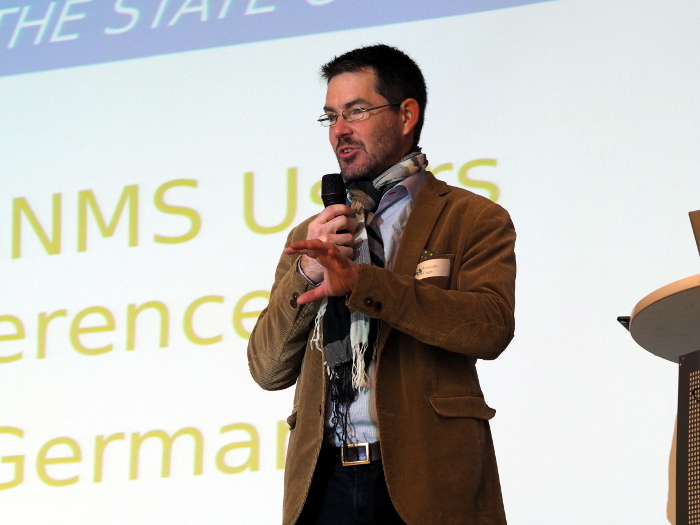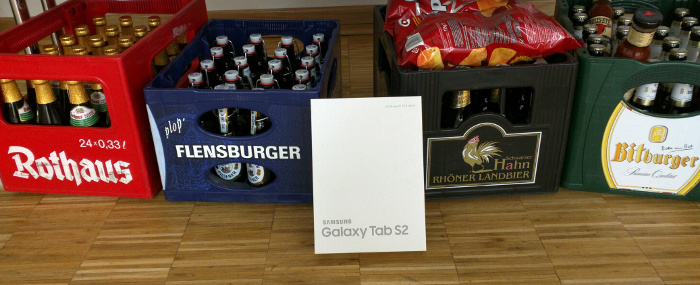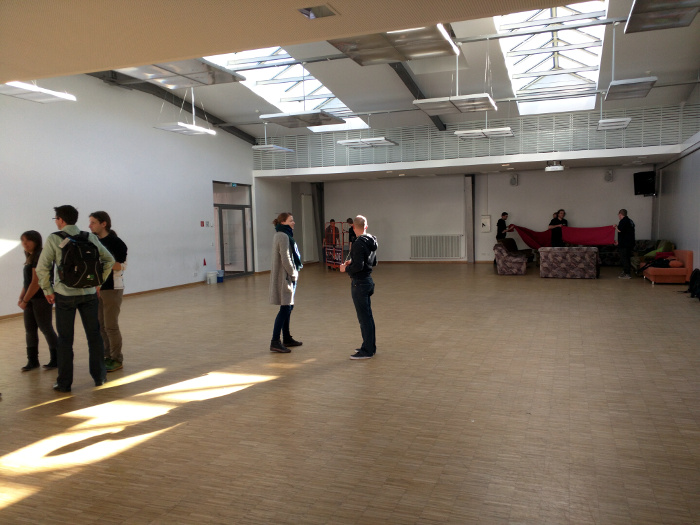[UPDATE2: My whining paid off and I got moved to the first day at OSMC. At least one round is on me!]
[UPDATE: Yay! Daniel was able to contact the #OSSPARIS15 organizers and I am scheduled to speak.]
I just wanted to drop a quick note about some upcoming conferences. First off, the Call for Papers for next year’s SCaLE conference ends *today*. It’s a great show and they already have some amazing speakers on board, so be sure to get your paper topics in ASAP.
In November I’ll be attending at least one and maybe two conferences. The first is the Open Source Monitoring Conference being held in Nürnberg, Germany.
I love this conference as it really demonstrates the power of true open source communities. While it is mainly focused on Icinga (and you can hear how it is supposed to be pronounced, kind of like “eee-clinga” with a click, but a lot of people just say “eee-sing-ah”), it brings together many of the truly open source projects in the space, such as Zabbix and, of course, OpenNMS, and we all just get along. This year Torkel from Grafana will be there as well, and while I met him at All Things Open I didn’t get to chat with him much, so maybe now I’ll have the opportunity.
And by “get along” I mean drink heavily, and I’m unhappy that I’m speaking (again!) on Day Two as the evening of Day One has a tendency to become the morning of the second day. Luckily it isn’t the first talk of the day like last year so I guess I’ll deal with it (grin). The company that sponsors it, Netways, is actually in the business of hosting such events so it is always top notch.
The second “maybe” conference is the Paris Open Source Summit which is held the same week as the OSMC. This conference is put on by the people who do the Open World Forum, and unfortunately it seems to be plagued with the same lack of organization.
Since I speak at conferences a lot, I tend to run into all the other (more amazing) people who promote open source. Every one of them has complained to me about the lack of communication between the OWF conference organizers and the speakers. While most shows let you know months in advance, the team behind the Open World Forum tends toward the exact opposite. It is extremely hard to get any form of direct communication from them, and years ago I just gave up trying.
When Daniel, my friend in Paris, sent me the information about #OSSPARIS15, I figured I’d give it a shot. As expected, I didn’t hear from them. Not to sound all self-important, but I travel a lot, usually to work with OpenNMS customers, and I need to know as far in advance as possible if I’m speaking at a show. Usually this means I’m giving up some other opportunity, often one that would actually pay the bills. This time I figured that I would be in Europe anyway for the OSMC, so if I got accepted I would just change my return flight.
Last week I started seeing The OpenNMS Group pop up in press releases for #OSSPARIS15, and I found myself on the schedule for Thursday the 19th at 16:00. I wrote to the organizers to confirm and never heard back, but since I love Paris I made plans to be there.
Well, when I sat down to write this post I noticed that I had been removed from the program. (sigh)
This is very frustrating, as every spare cent we make at OpenNMS goes into the project and changes to flights can be expensive. We are investigating to see if this is just an oversight or if, even after the press release, they decided to remove me from the program. Perhaps it is because the website got hacked (grin).

I hope to see you at one of these conferences, or at another in the near future.
